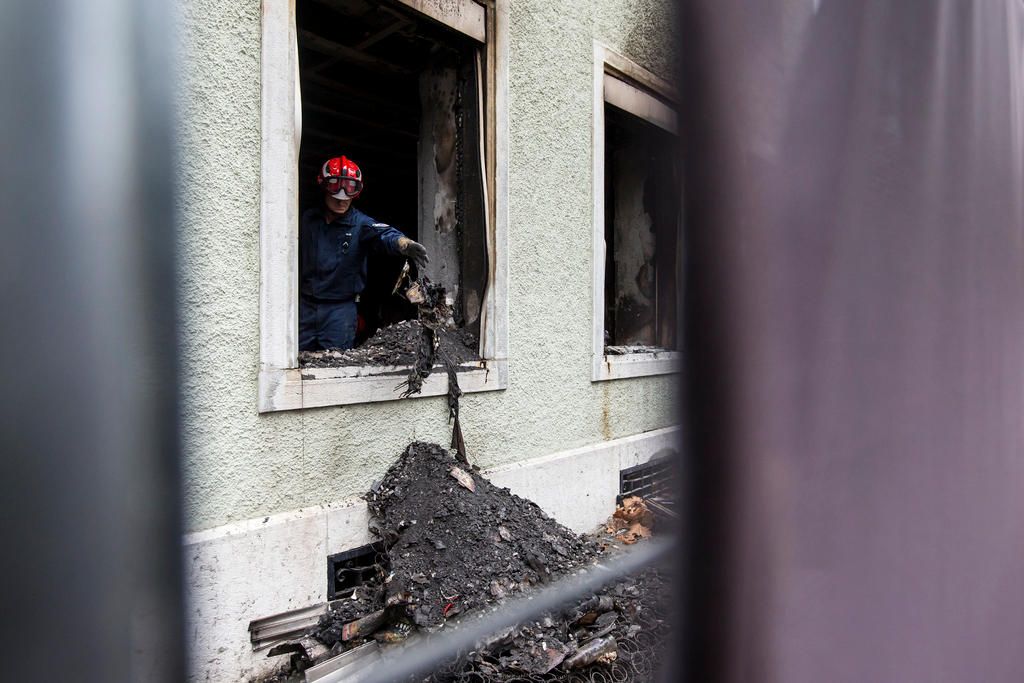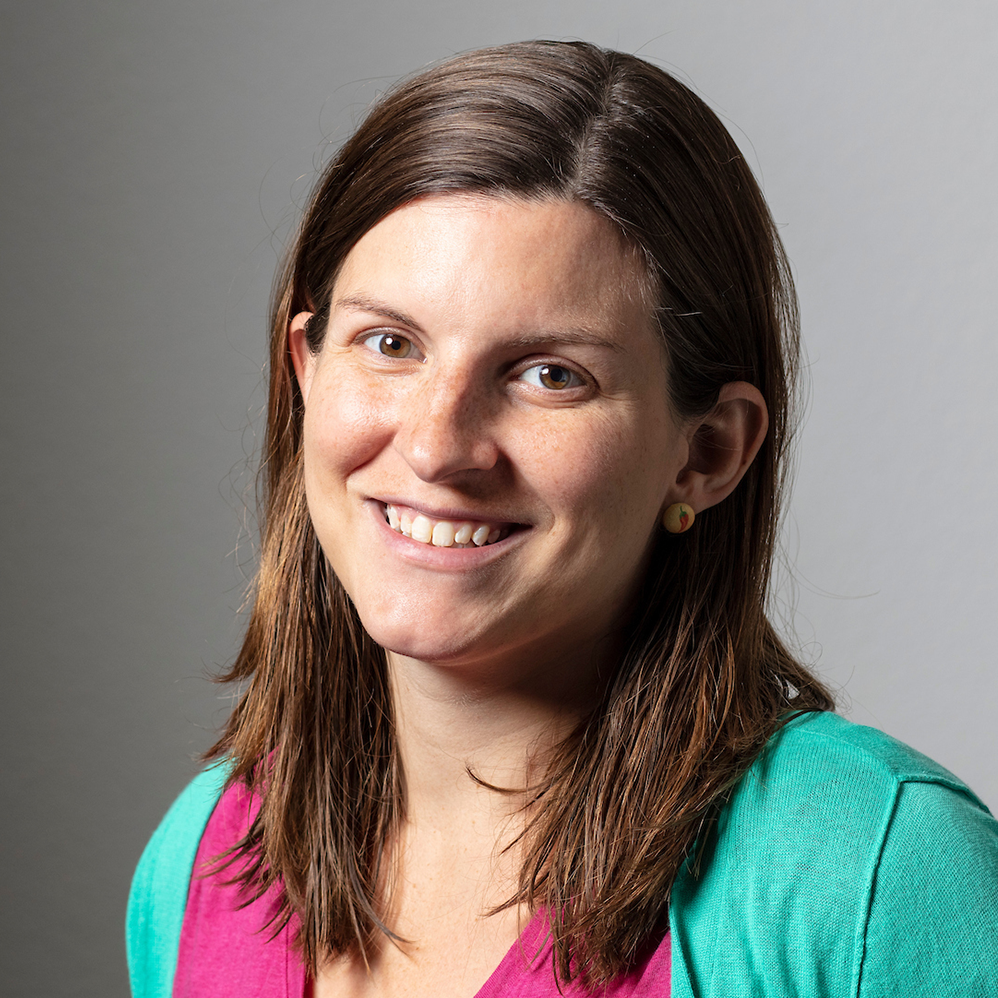Fire at asylum seeker housing calls safety into question

A tragic fire that killed several asylum seekers, including children, has highlighted Switzerland’s lack of a smoke alarm requirement as well as other safety challenges in asylum seeker accommodations.
The fire happened overnight on November 26 in an apartment complex in canton Solothurn, a German-speaking region north of the Swiss capital Bern. The four adults and three children who died were later identified as asylum seekers from Ethiopia and Eritrea.
They were among the asylum seekers in the canton who are sheltered in houses or apartments while waiting for the next step in the asylum process. According to Claudia Hänzi of the canton Solothurn migration authorities, the canton sometimes seeks such special accommodations for families, for example, so they can live together in their own space.
“These were completely normal rental apartments,” Hänzi says of the units affected by the fire. “It was a coincidence that we happened to be renting them for asylum seekers when the accident took place.”
The Solothurn cantonal police told the media that they believe the fire was caused by “negligent handling of smoking implements” and that one person had been held and questioned. Non-asylum seekers also lived in the building.
Fire alarms optional
In Solothurn fire alarms and smoke detectors are not required, since they are deemed optional for private residences under Swiss fire safety law.
In 2015, a study by the Association of Cantonal Fire Insurers and with the Swiss Federal Institute of Technology ETH Zurich concluded that requiring smoke detectors makes no economic sense. This is because the costs associated with requiring detectors nationwide are too high compared to the number of people that could be saved by having them, according to the study.
But the Swiss firefighters’ association is now advocating for a smoke detector requirement, according to the Solothurner Zeitung newspaper. Canton Solothurn parliamentarian Bea Heim told the newspaper that “a smoke alarm would probably have prevented” the casualties in the November 26 fire.
Issues with smoking
Such alarms are required in larger asylum centres hosting dozens or hundreds of asylum seekers. But John*, an asylum seeker from Ethiopia who reached out to swissinfo.ch after the Solothurn fire, says that while living in such a centre, he observed asylum seekers who wanted to smoke in their rooms covering the smoke detectors with plastic to disable them. When he told the authorities, they sent someone by to check – but each time someone came, the plastic had been removed.
John lives in canton Aargau, which borders Solothurn. He’s moved from the asylum centre to an apartment building with 15 to 20 other asylum seekers, and shares a room with two others. He says most of the people he lives with smoke constantly and everywhere, often disposing of still-lit cigarette butts in trash cans. And his apartment has no fire alarms or smoke detectors.
Pia Maria Brugger of Canton Aargau’s asylum and social services department says that smoking is not allowed indoors at any asylum seeker housing, and that the responsible authorities are always on the lookout for whether anyone has been smoking outside designated areas. People caught breaking the smoking rules are reprimanded and may have their daily allowance reduced if the problem recurs, she notes.
Brugger also says that all asylum seekers are made aware of the rules when they arrive, both through verbal instruction and through printed house rules made available in a variety of languages.
As for manipulation of smoke detectors, Brugger notes that this is usually automatically detected by the alarm system and reported to a monitoring station.
“This allows us to react quickly,” she says.
But John says that all too often, these rules are simply disregarded.
“They’ve been told not to smoke in the house, but they don’t care,” he says of his roommates, adding that he’s struggled to remind his fellow asylum seekers of what’s allowed because of language barriers and because he sometimes fears retaliation. Plus, so many people living in close quarters increases the risk of an accident, he says.
‘Just a tragedy’
Was overcrowding a factor in the Solothurn fire? Hänzi says no.
In the apartment complex affected, canton Solothurn was housing 11 asylum seekers across four units. Nine other people lived in the building. Some media had reported in the fire’s aftermath that 20 people were living in a space meant for nine, but Hänzi says that’s incorrect.
“The nine [non-asylum seekers] were registered with the city as usual, but the 11 asylum seekers were not because it’s not possible to register them under the same system,” she explains, adding that authorities were fully aware they were living there.
“This could have happened anywhere; it’s just a tragedy,” she says. A memorial service for the victims will be held at the cathedral in Solothurn on December 8.

In compliance with the JTI standards
More: SWI swissinfo.ch certified by the Journalism Trust Initiative











You can find an overview of ongoing debates with our journalists here . Please join us!
If you want to start a conversation about a topic raised in this article or want to report factual errors, email us at english@swissinfo.ch.